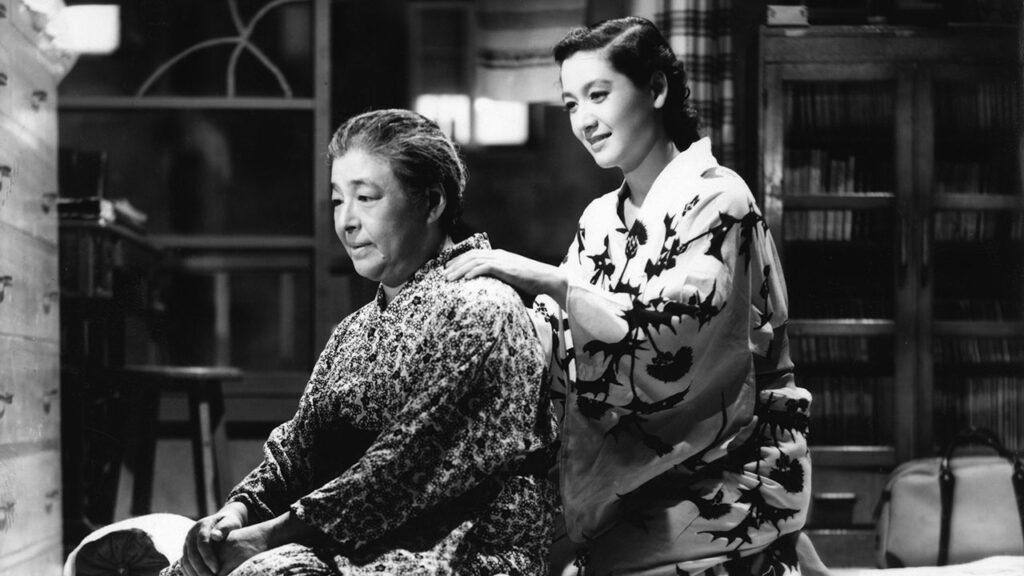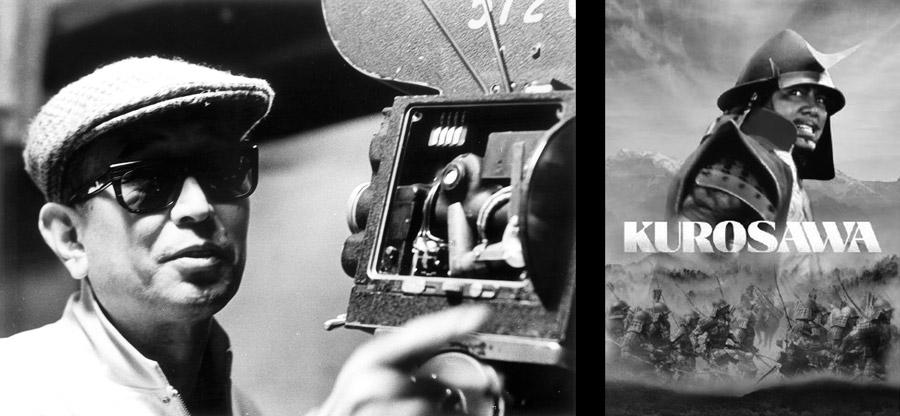This year marks the 120th anniversary of the birth of Japanese filmmaker Yasujirō Ozu, one of the most important and influential directors in cinema history. Ozu’s films are known for their understated style and focus on family life, and his work has been praised by critics and filmmakers alike.
The BFI is celebrating Ozu’s legacy with a special season of his films, titled A Family Affair: The Films of Yasujirō Ozu. The season will feature a selection of Ozu’s best-known works, including Tokyo Story, Late Spring, and Floating Weeds. These films offer a unique and intimate look at the Japanese family, and they continue to resonate with audiences today.
Ozu’s films are not only beautifully made, but they are also deeply moving and thought-provoking. They explore the complex relationships between parents and children, husbands and wives, and siblings. They also deal with the challenges of modern life, such as urbanization, industrialization, and the changing role of women.
If you are a fan of cinema, or if you are simply interested in exploring the human condition, then I highly recommend seeing Ozu’s films. They are a timeless and essential part of the cinematic canon.

Yasujiro Ozu: The Master of Family Drama
Yasujiro Ozu was a Japanese filmmaker who is considered one of the greatest directors in cinema history. His films are known for their understated style and focus on family life. Ozu’s films are characterized by their use of long takes, static camerawork, and low-key lighting. This creates a sense of realism and intimacy, allowing the viewer to feel as if they are right there in the scene.
Ozu often used recurring motifs in his films, such as the family tatami room. The tatami room is a traditional Japanese room with a floor made of straw mats. It is a place where families gather to relax and spend time together.
Ozu’s films have been praised for their realism and their ability to capture the subtle nuances of human emotion. He was a master of creating emotionally complex characters who are believable and relatable. His films often deal with the challenges of modern life, such as urbanization, industrialization, and the changing role of women. However, he never shied away from the difficult topics and believed that it was important to face these challenges head-on and to find ways to cope with them.
1930s-1940s

1960s

Talks and events

Founded in 1933, The British Film Institute (BFI) is the UK’s leading organisation for film and television; a cultural charity that handpicks the very best of global cinema to be enjoyed at festivals, in cinema, and online.
As well as supporting existing and emerging filmmakers, the institute looks after (and draws inspiration from) the BFI National Archive: the world’s most significant film and television archive. It also proudly runs London’s BFI Southbank – renowned as the number one cinema to watch non-English language films in the UK.
















































